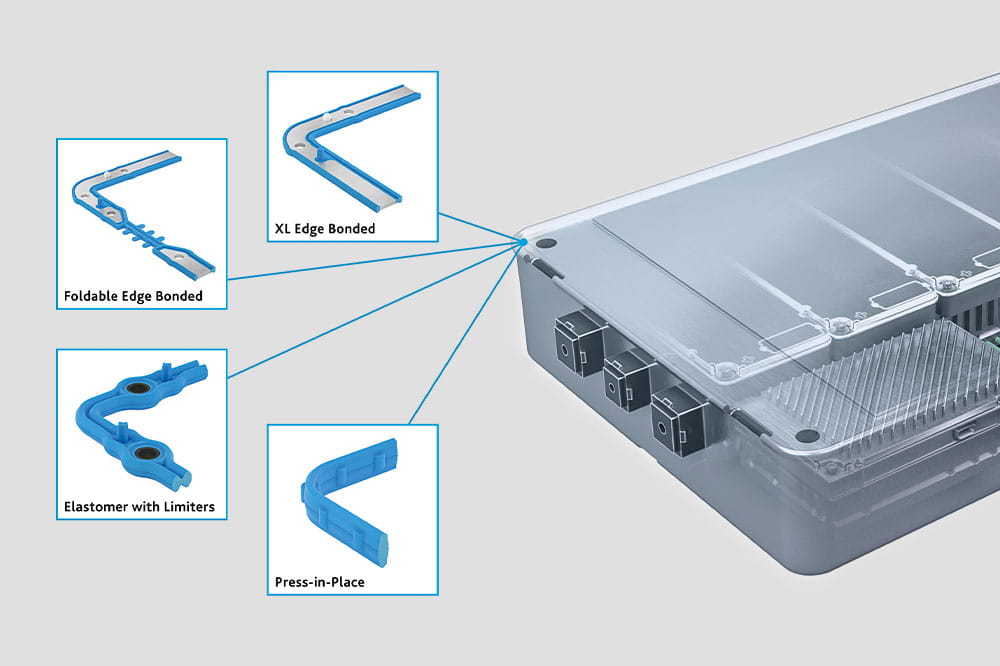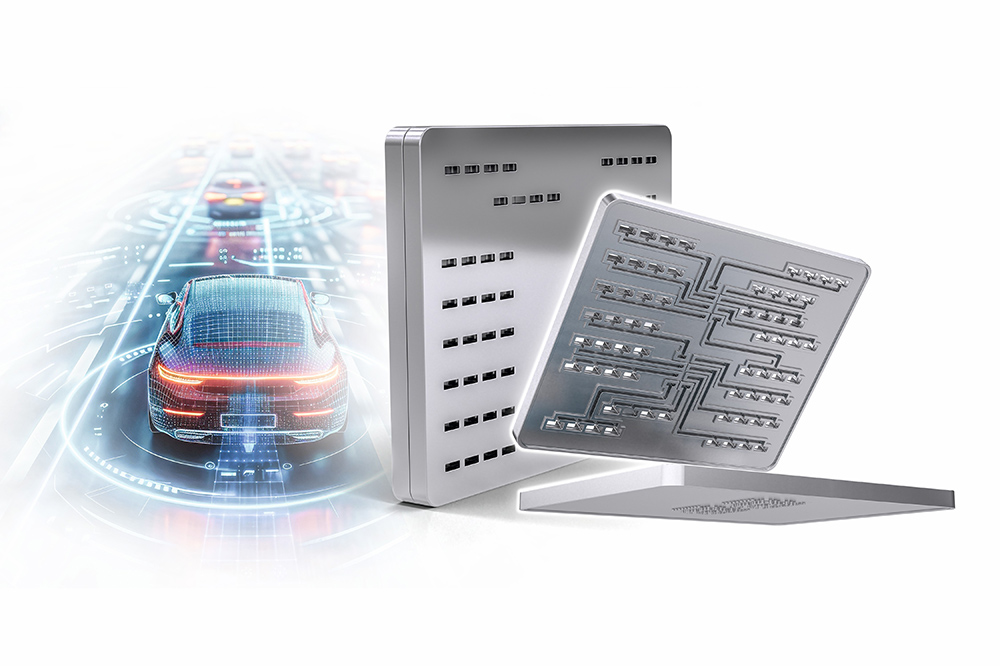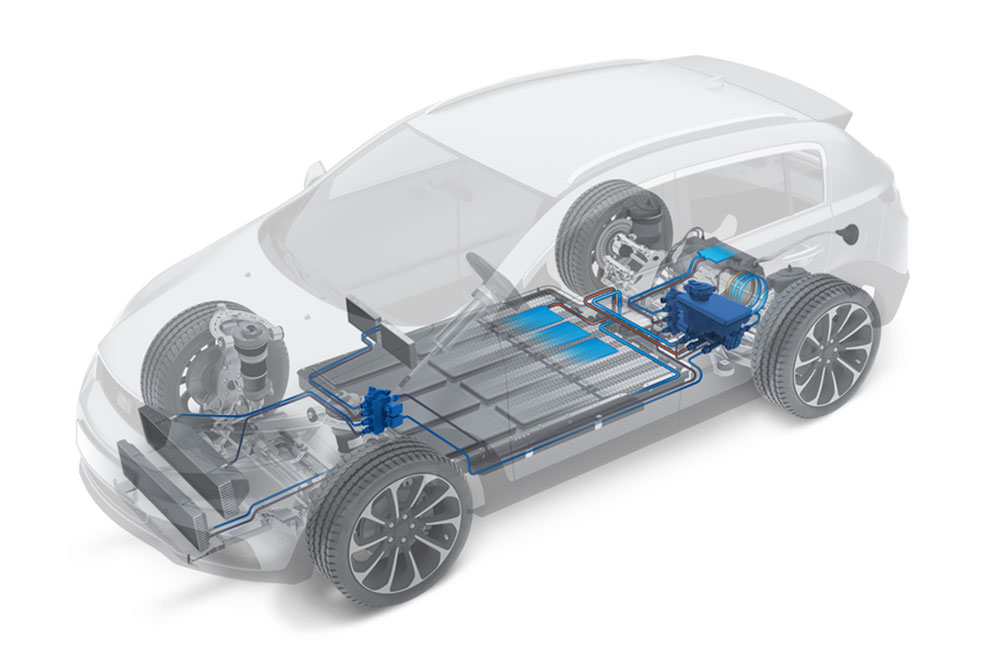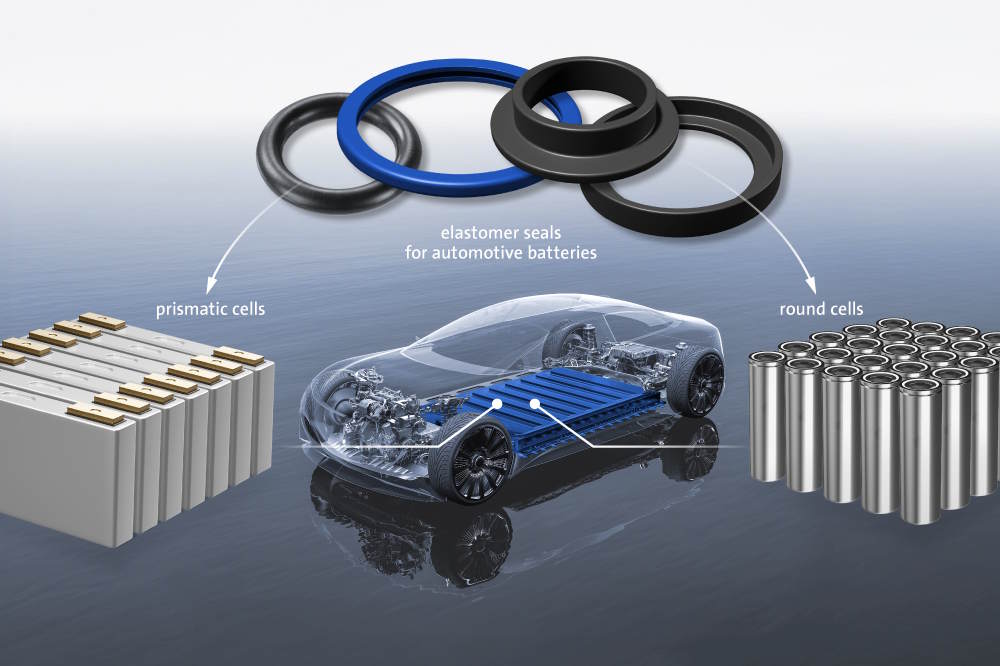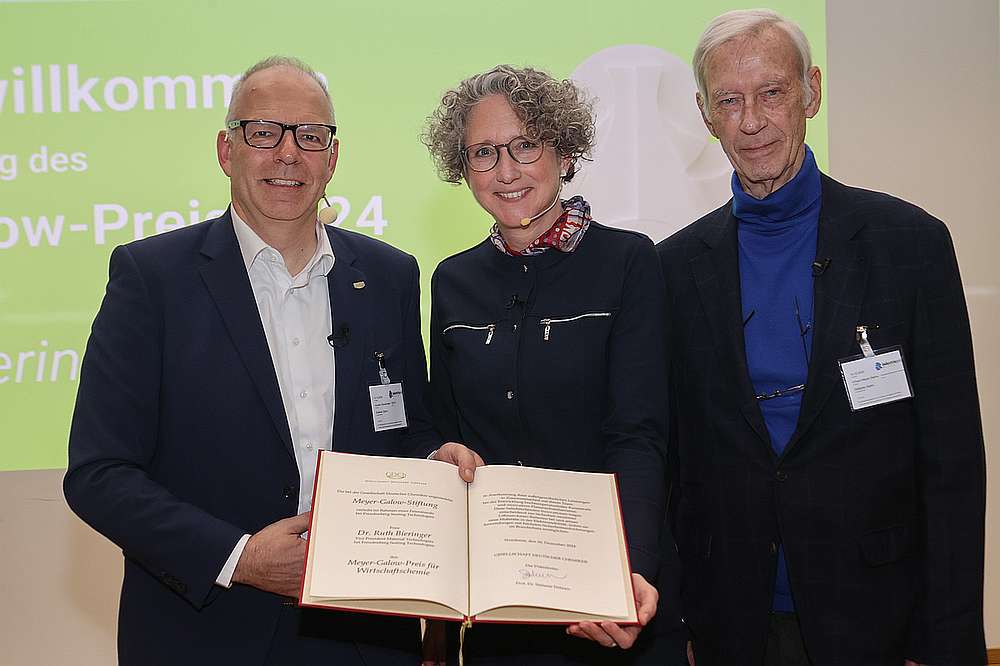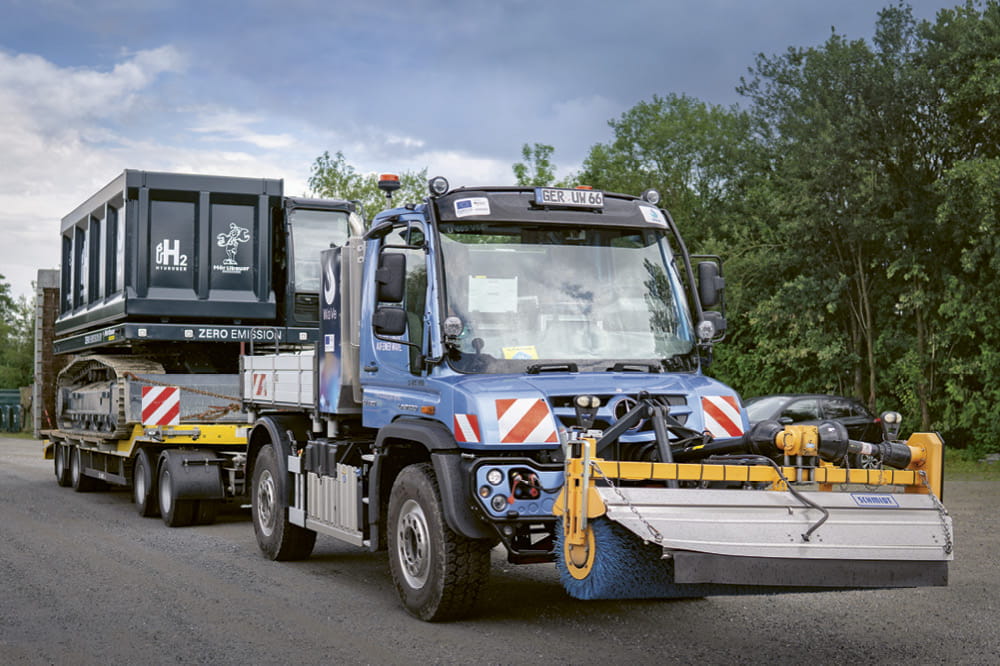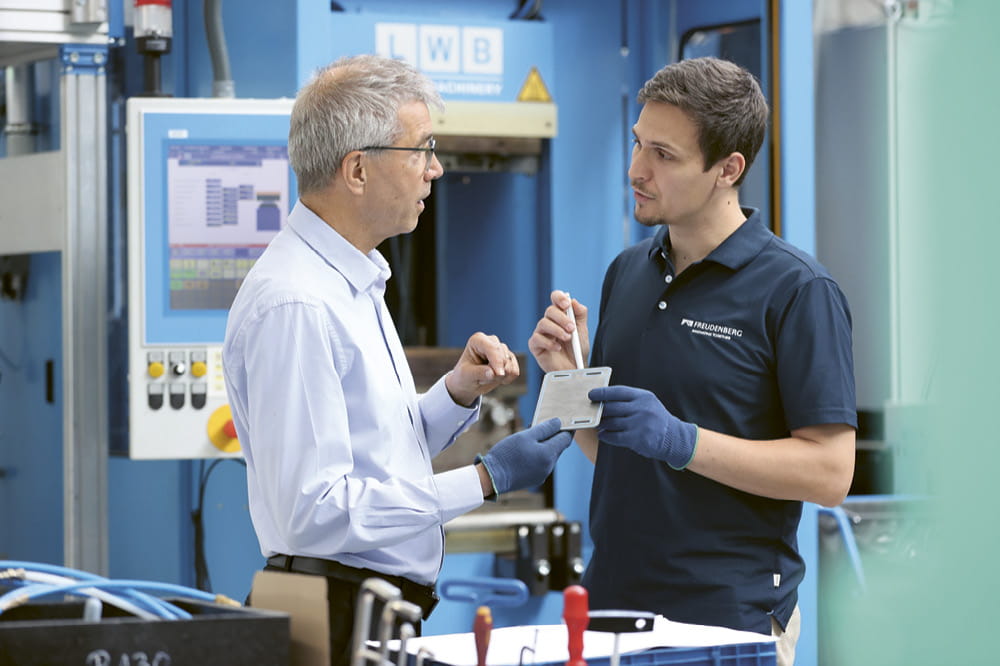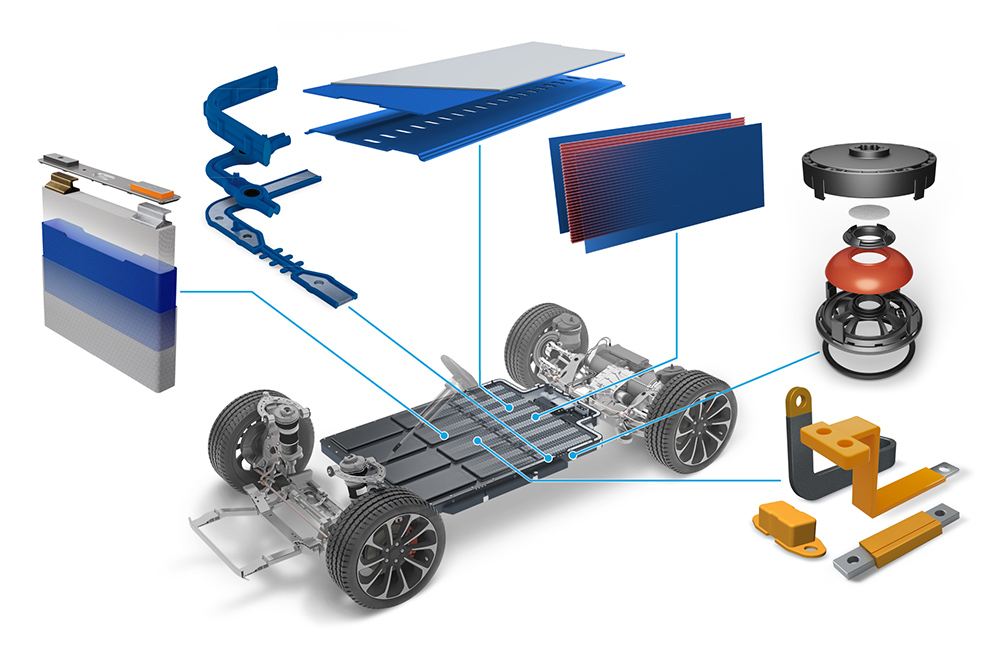Obtain news and background information about sealing technology, get in touch with innovative products – subscribe to the free e-mail newsletter.
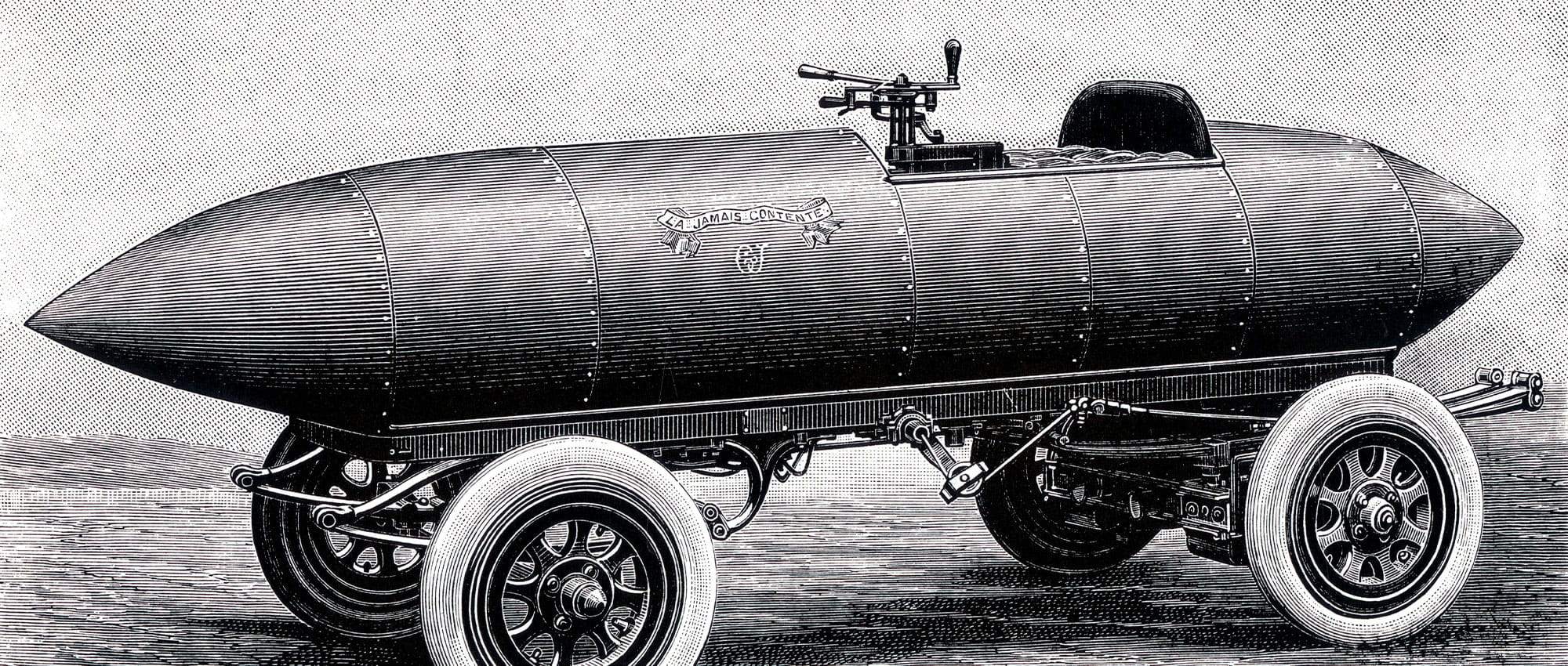
24.03.2020 | Story
Before the Long Slumber
The question remained unanswered over the first quarter century of the auto industry: Which powertrain system would prevail? But then innovation, an oil boom and an automotive pioneer sped up the decision-making process.
In 1894, a French magazine offered to test the reliability of “horseless carriages.” It attracted 102 applicants for the 130-kilometer (81-mile) drive from Paris to Rouen. The scope of their creations was reflected in their powertrains, which included everything from gasoline engines to hydraulic systems, all the way to compressed-air, steam and electric contrivances. It was an indication that the competition for the title of the “most promising powertrain” was far from settled, even if it was only steam- and gasoline-powered cars that ultimately tackled the challenge.
A Speedy Electric Runabout
The “Motorcar Number 1” produced by Carl Benz in 1886 has been considered the pioneer in the development of the automobile. The car looked like a three-wheeled carriage and drew power from a combustion engine. In fact, an electric vehicle debuted in Paris five years earlier. Developed by physicist Gustave Trouvé, it relied on chargeable lead acid batteries and traveled at a speed of 12 kilometers (7 miles) per hour. Eighteen years later, an electric car driven by the Belgian Camille Jenatzy sped far faster down a road at the gates of Paris. Called the “La Jamais Contente,” the vehicle accelerated to a record speed of more than 105 kilometers (65 miles) per hour on April 29, 1899.
Three Types Stand Out
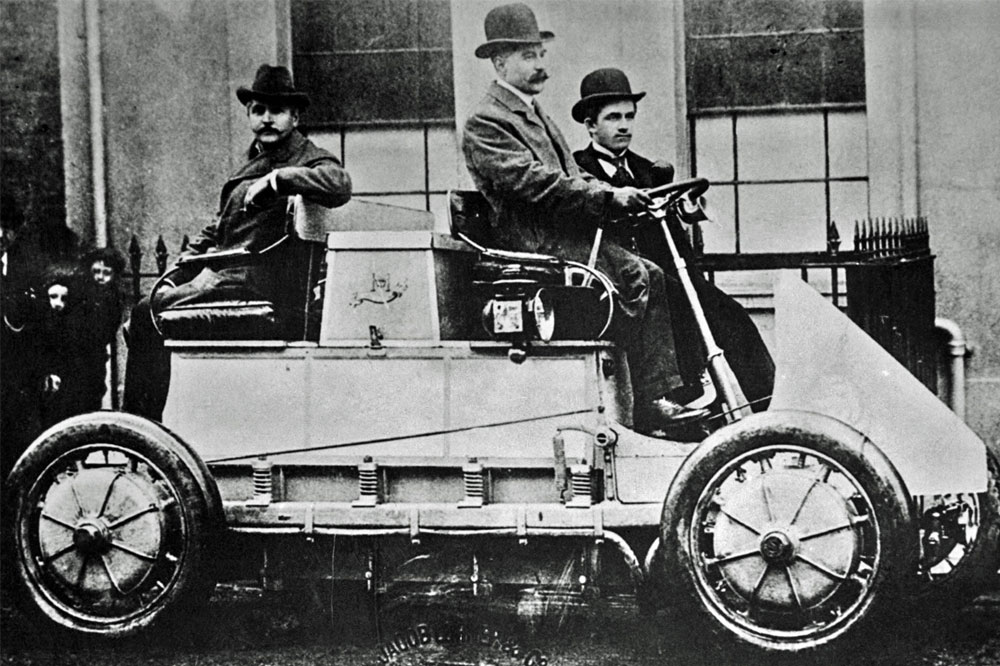
During this same era, Ferdinand Porsche produced an electric vehicle before he designed history’s first hybrid car. At the 1900 Paris Exposition, he introduced his so-called Lohner-Porsche, which weighed a staggering 1.2 tons and featured both electric wheel-hub drive and an internal combustion engine. The wheat was just separating from the chaff at this point. The cars of the future were expected to be powered either by steam, gasoline or electricity. In 1897, Adolph Klose, President of the Central European Motorcar Association, was convinced of this. “The first category [steam] is likely to come into consideration mainly for cars on rails and for heavy road vehicles, while petroleum-fueled motor vehicles will circulate through large swaths of the country, and the smooth asphalt surfaces of large cities will be enlivened by cars powered with onboard electricity.” His prediction was not all that daring. What he described was already a reality in the United States, at least. In 1900, 1,688 steam-powered cars were produced there, along with 1,575 electric cars and 929 gasoline-fueled vehicles. They roughly split the market among them.
City Cars with Electric Power
The electric drive was concentrated in the cities. The vast majority of New York taxis used it. The same was true for its many buses. As the electrification of cities progressed, the opportunities to charge batteries expanded. Electric cars even found favor with women. They ran smoothly and quietly, and were clean. The steam- and gasoline-powered cars were another story. They were dirty and hard to steer. They were also difficult to start. Steam power required long warm-up periods to reach the proper driving temperature, and gasoline engines had to be cranked by hand.
Internal Combustion Engines Prevail
The fact that electric mobility was left behind is in part due to the invention of the electric starter, which greatly simplified the ignition process for combustion engines. Their range meanwhile continued to be unmatched. Political decisions did the rest. In the German Empire in 1906, the military was making decisions on truck subsidies. It decided to focus on long-range internal combustion engines, equipped with uniform pedal arrangements and gear shifting so drivers would not have to continually adjust to different controls. Numerous breweries bought trucks suited to their operations. Meanwhile, the price for gasoline-powered vehicles declined with the mass production of the Ford Model T, even as the emerging oil boom in Texas cut the cost of fuel. Gasoline became available on a mass scale. Filling stations popped up like mushrooms. Electric powertrains lagged behind. Then they fell into a long slumber, from which they have only awakened in the 21st century. This is shown by the actions of automakers, which have now put electric mobility on their agendas almost without exception.
More news on the subject E-Mobility

Join Us!
Experience Freudenberg Sealing Technologies, its products and service offerings in text and videos, network with colleagues and stakeholders, and make valuable business contacts.
Connect on LinkedIn! open_in_new
